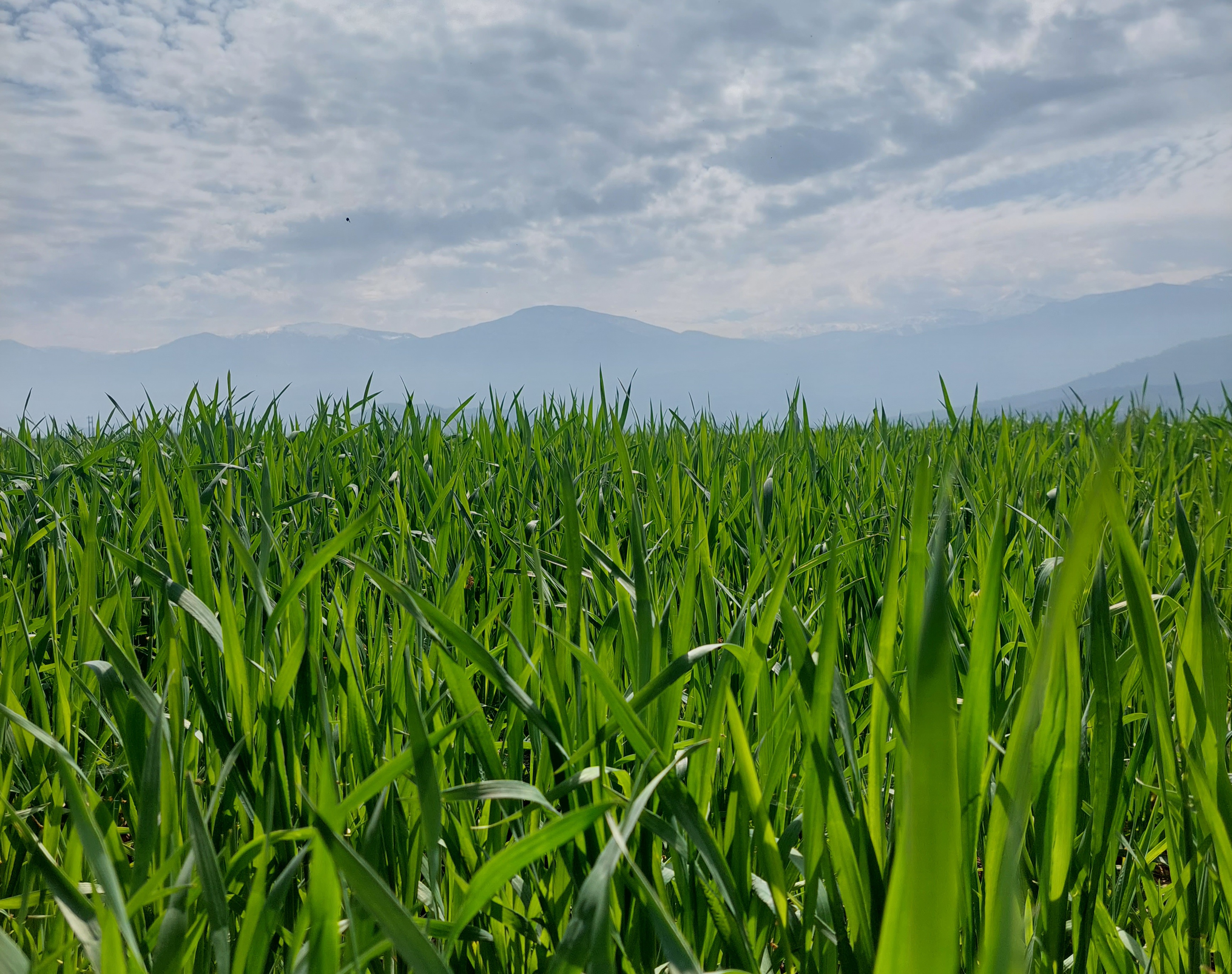Categories
The latest content
-

Customs Clearance & Import Regulations for Bulk Iranian Pinto Beans in EU, Middle East & Africa
..
-

Quality Control & Laboratory Testing Standards for Iranian Pinto Beans
..
-

Logistics & Shipping Solutions for Bulk Iranian Pinto Bean Exports
..
-

Minimum Order Quantity (MOQ) & Bulk Pricing for Iranian Pinto Bean Buyers
..

Tags
How to Import Iranian Rice Legally? A Step-by-Step Guide

Are you a wholesaler, distributor, or entrepreneur interested in importing premium-quality Iranian rice to your country? Iranian rice, famous for its long grains, rich aroma, and natural cultivation methods, is increasingly sought after in international markets. In this guide, we walk you through the legal process of importing Iranian rice, step by step.
Step 1: Identify the Right Type of Iranian Rice
Before starting the import process, know what kind of rice you want. Common varieties include:
• Tarom Hashemi – Aromatic and popular
• Sadri – Premium long grain rice
• Domsiah – Traditional and rich in flavor
Each variety has its own pricing, shelf life, and cooking properties.
Step 2: Find a Reliable Iranian Supplier or Exporter
You need a trusted source in Iran. Make sure your supplier:
• Has experience in export
• Provides quality certifications (ISO, phytosanitary, etc.)
• Can handle packaging and logistics professionally
• Understands international documentation requirements
Platforms like eworldtrade, Iran Trade Promotion Organization, or even direct B2B meetings can help you connect with legitimate suppliers.
Step 3: Understand Import Regulations in Your Country
Every country has its own food import rules. Check with your local:
• Customs Authority
• Food Safety Department / Agriculture Ministry
They might require:
• Import licenses
• Product samples for lab testing
• Health certificates
• Labeling in your country’s language
• Tariff information
Pro tip: Hire a local customs broker for accurate guidance.
Step 4: Get Necessary Certificates and Documents from Iran
Work with your Iranian exporter to obtain:
• Commercial Invoice
• Packing List
• Certificate of Origin
• Phytosanitary Certificate
• Health Certificate
• Bill of Lading / Airway Bill
Ensure everything matches your import authority’s requirements.
Step 5: Arrange Payment Securely
Use secure international payment methods such as:
• Letter of Credit (L/C)
• Telegraphic Transfer (T/T)
• Escrow Accounts (for small shipments)
Always confirm banking details and compliance with international sanctions or banking restrictions on Iran.
Step 6: Plan the Shipping and Logistics
Decide between:
• FOB (Free On Board) – You handle shipping
• CIF (Cost, Insurance, Freight) – The exporter arranges shipping
Choose a reputable freight forwarder experienced with Iran-origin cargo.
Step 7: Clear the Goods at Your Port
Once the rice arrives:
• Submit all import documentation
• Pay customs duties and taxes
• Clear your goods with proper labeling and packaging
Conduct final quality checks before releasing the rice to the market.
Final Thoughts
Importing Iranian rice can be profitable, but it requires careful planning and compliance with both Iranian export laws and your own country’s import regulations. Work with trusted partners, get your paperwork right, and focus on delivering high-quality rice to your customers.
Need help importing Iranian rice?
Contact us here, or email us for assistance, or full-service rice export solutions.



